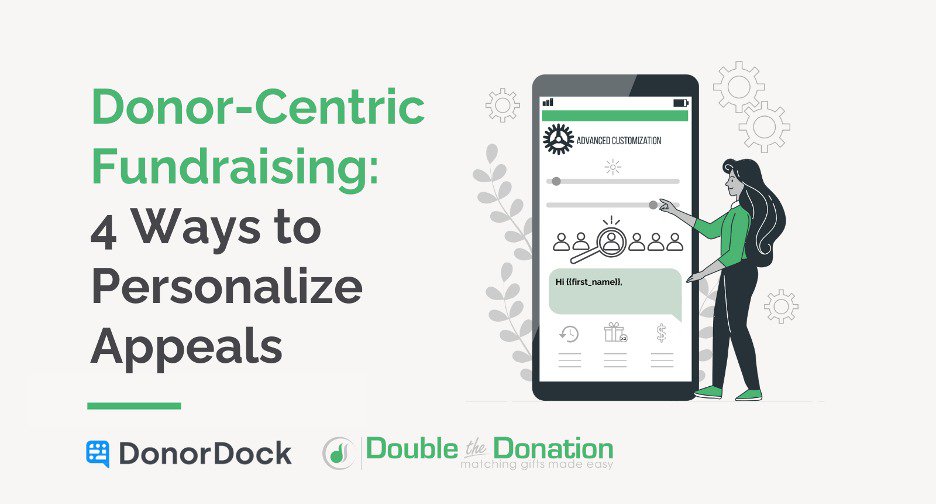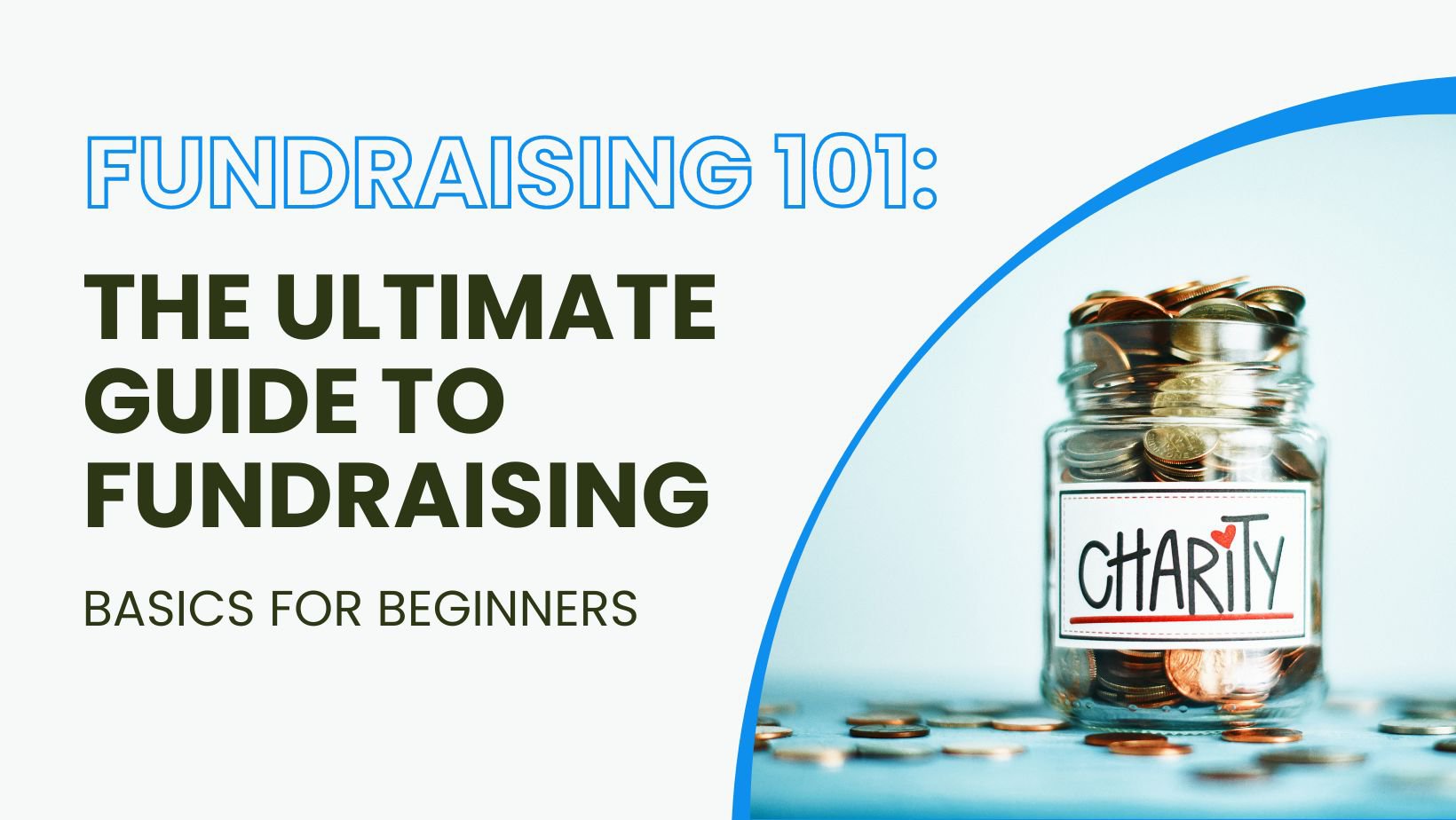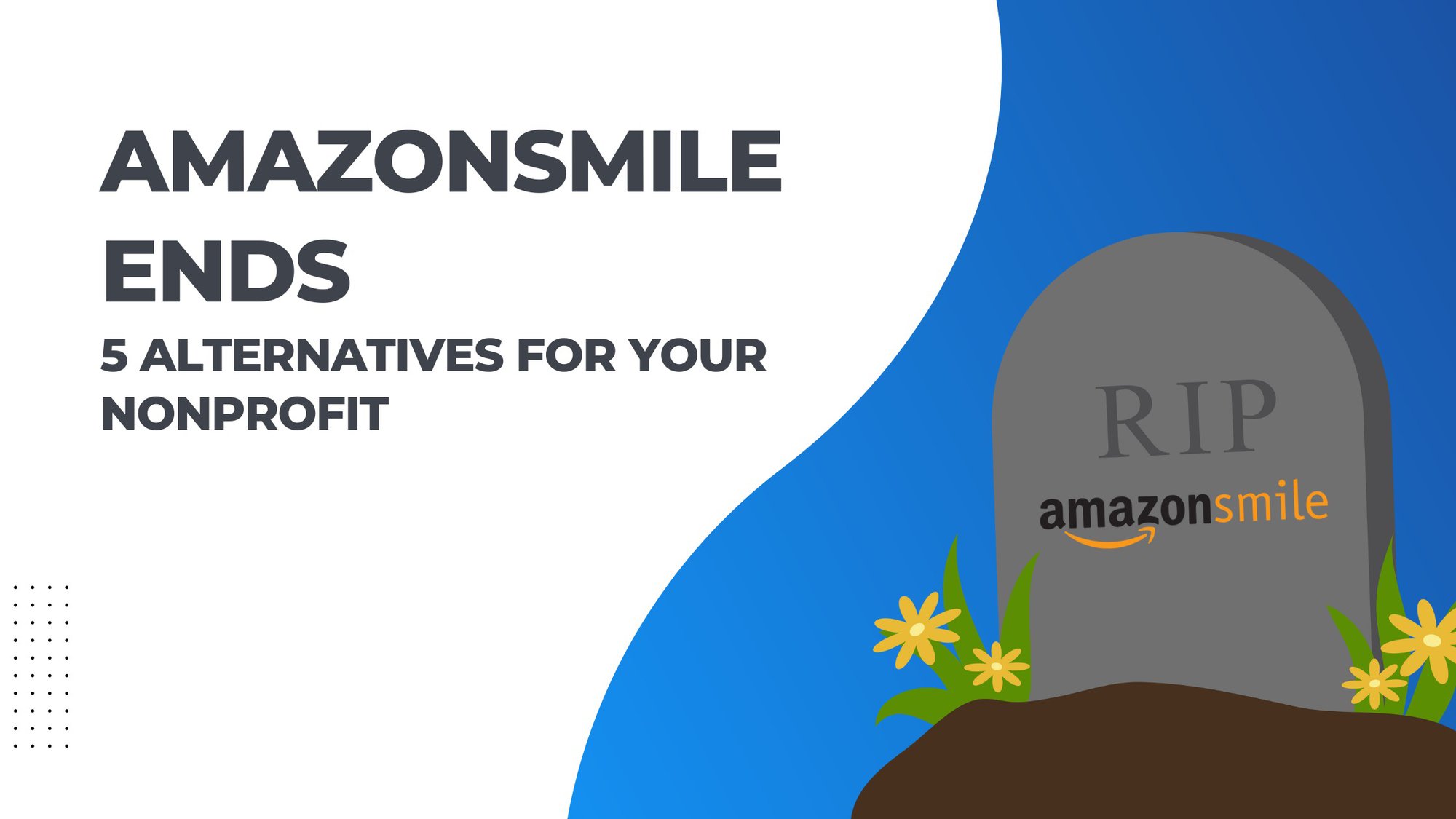The online presence of a nonprofit can be like a lighthouse, guiding potential supporters to your cause. But to make sure your nonprofit beacon shines brightly, you need an effective strategy for Search Engine Optimization (SEO)!
Enhance the visibility of your nonprofit on search engines like Google. By optimizing certain elements of your website and content, you can make it more likely that people will locate your organization when searching for related topics.
There’s a lot to SEO, and it can get pretty technical pretty quickly. Let’s break down the basics of SEO, so your nonprofit can start implementing best practices.
Understanding SEO for your nonprofit
SEO, which stands for Search Engine Optimization, is a set of practices and strategies aimed at improving where a website falls in a search engine's ranking. SEO best practices focus on improving your site's relevance, the quality of your site's content, its internal and external linking structure, and user experience.
The goal of SEO is to boost a website's organic traffic, the visitors who find your website through search engine results, by enhancing its visibility for individuals to whom the site is relevant. As much as 75% of users don’t even scroll past the first page of search results. If your nonprofit isn’t ranking in the top search results, it likely won’t get seen.
Search engine basics
If you search for a chocolate chip cookie recipe, you expect to find a recipe for chocolate chip cookies as the top results. You wouldn’t care to find a sugar cookie recipe, a history of chocolate chip cookies, or a cookie costume.

So how does Google determine which pages and articles should rank the highest? When you search for something on the internet, an algorithm decides which pages appear in what order. The algorithm process works something like this:
1) Crawling
Google uses automated programs called "spiders" or "bots" to crawl the web and discover new or updated pages. These bots follow links from one page to another.
2) Indexing
Once a page is discovered, Google's bots analyze the content and create an index, which is like a massive database of words and their locations on each page.
3) Ranking
When you enter a search query, Google's algorithm goes through its index to find pages that are relevant to your query. The algorithm then ranks these pages to determine which ones are the most likely to answer your question or meet your needs by looking at the following criteria
- Relevance: Google looks for pages that contain the keywords from your search query.
- Quality of Content: Google assesses the overall quality of the content on a page.
- Backlinks and internal links: Google considers the number and quality of links pointing to a page. Pages with more and better links are often considered more authoritative.
- User Experience: Google takes into account factors like page loading speed, mobile-friendliness, and other aspects that contribute to a positive user experience.
4) Displaying Results
Finally, Google presents the results on the search engine results page (SERP), with the most relevant and high-quality pages at the top. The goal is to provide users with the best possible answers to their queries.
The algorithm is always changing. Google, Bing, Yahoo, and other search engines regularly update their algorithms to improve the quality of search results and to adapt to changes in how people use the internet. This is so that users receive the most relevant and reliable information when they search for something.
The role of keyword research in nonprofit SEO
When it comes to creating pages and content that is relevant, your nonprofit needs to consider what keywords you want to rank for. This is more than just thinking of words that you find important. It also takes understanding what your target audience is searching for. This is where keyword research comes in.
How does keyword research work?
Keyword research is the act of identifying and evaluating the search terms individuals input into search engines. Then using that data to drive your ranking for specific keywords.
You want to find words that are directly connected to your nonprofit work, have a high search volume, but also have a low SEO difficulty.
Now the big question: how do you decide which keywords your nonprofit should rank for? The first step is creating a list of potential keywords you think might make sense. After that, you’ll need to analyze your keywords to make sure that they are the right fit for your organization.
Creating your list of keywords
The most important keyword for you to rank for is your nonprofit’s name. Someone searching specifically for your nonprofit should be able to easily find your website by searching your name. But that isn’t always the case!
Google Search Console is a free tool that can help you see if you are ranking for your own name. On the performance tab, click “full report.” You can sort your queries by ranking. If your nonprofit’s name shows a 1 next to it, then it is ranking in the top position.
After checking for your nonprofit’s name, you can see which other keywords you are already ranking for. Search for terms that make sense to rank for and that you are performing fairly well on. These are great keywords to prioritize and work toward ranking higher on. It is easier to move a keyword up in ranking, then it is to start from scratch.
Now, take some time to brainstorm potential words that are directly linked to your nonprofit that you aren’t ranking for. You might start broadly but also think about adding in your location or specifics that make your nonprofit unique.
You have your list of keywords, but how do you figure out which ones are the most important to prioritize?
Analyzing keywords
Using Google Search Console, you’ve got a list of words that you are already ranking on and can improve. If you are ranking in the top 10 and they are relevant to your nonprofit, then those words should be a priority. Any keyword that ranks below 1 is a great keyword to target.
But what about the words on the list you brainstormed or that you have a lower ranking for? How do you know which are the most important to prioritize?
Let’s take the keyword nonprofit for example. Maybe because you’re a nonprofit, you think “I should try to rank for ‘nonprofit.’” It’s a logical conclusion, but let’s look at the data from Ubersuggest on the keyword nonprofit:

- Is the keyword tied to your work? Yes, “nonprofit” is tied to your work. However, it is vague. It doesn’t give a clear picture of the work that you’re doing, so it is unlikely to bring newer supporters or potential volunteers.
- Does it have a high search volume? As we can see in the image above, “nonprofit” has a high search volume of 49,500. That means each month 49,500 searches are made for the word “nonprofit.”
- Does it have a low SEO difficulty? No. The SEO difficulty is on a scale of 1 (easy) - 100 (difficult). While the paid difficulty is easy, finding organic traffic has an SEO difficulty of 70.
- Additionally, pages that rank in the top 10 have a high amount of backlinks (other websites that link back to that page.)
If you take all of these factors into account, the keyword “nonprofit” would not be a good one to try to rank for. It would take a lot of time and energy, but likely wouldn’t result in additional funding or volunteers because the term is too general.
Using suggested keywords and search results
If you’re using Ubersuggest, then they offer keyword ideas and related keywords to help you come up with keyword ideas. Let’s look at the suggested keywords for the keyword “nonprofit.”

If you have a keyword that is a good fit for your nonprofit, but doesn’t have a high search volume or is difficult to rank for, then keyword suggestions can help you find a better fit for your nonprofit.
Also, simply searching the term can yield good results. At the bottom of a search engine result page (SERP), there are typically related search ideas. Many searches also have People Often Ask sections that give you ideas for potential keywords.

Now, that you have ideas for keywords to rank for, how do you rank for them? This is where content creation comes into play!
Creating high-quality content to boost SEO for your nonprofit
High-quality content is the heart of your nonprofit's SEO strategy. But why? Let me explain with an analogy: think of search engines as very picky eaters. They're looking for healthy, nutritious food—your high-quality content—to serve up to their users.
Search engines are searching for content that is useful and engaging, so it’s important to include content that matches search intent and adds value to the reader.
Types of Content
Website copy
Website copy refers to the written content that appears on a website. This content can include everything from the homepage and About page to service descriptions and any other text-based information on the site. The goal of website copy is to effectively communicate your nonprofit’s message, provide relevant information to visitors, and persuade them to take desired actions, such as making a donation or subscribing to a newsletter.
Good website copy is not only informative but also engaging and tailored to the target audience. It should be clear, concise, and include keywords you want to rank for. Just getting started on your website? Check out these tips on nonprofit website best practices.
Blogs and success stories
Blogs and success stories are a way to continue to add new content to your website. This is a chance to use storytelling to share the good work your nonprofit is doing. If you’re already writing nurture letters, regular email updates that keep your constituents in the loop, then you have great content to repurpose for your website.
Take time to speak to the reasons why donors give, and show them how you are honoring donor intent with your work. This builds trust between your nonprofit and your donors.
Donation page content
Donating online gives your supporters the freedom to give at any time of the day. This flexibility boosts the chances that they'll go ahead with their choice to back your nonprofit—simply because they can donate whenever your organization crosses their mind!
It’s important that your donation pages are optimized to make giving easy. Keep online giving pages simple with limited steps to complete a donation. Include keywords in any storytelling or headings on your giving pages that will help direct traffic to your nonprofit’s donation pages.
Search titles and meta descriptions
Meta descriptions and search titles are an essential part of SEO. They play a role in how your web pages appear on search engine results. A well-written, compelling search title and meta description both boost your page’s visibility and increase the likelihood that your page will be clicked on.

What is a search title?
The search title, or title tag, is the main heading that appears as the clickable link in search engine results. It is a concise representation of the content on a specific webpage. In the image above, the title is “What is a ‘Nonprofit’?”
To write an effective title:
- Keep it under 60 characters so it displays properly.
- Include the primary keyword relevant to the content.
- Make sure it accurately reflects the content on the page.
- Keep it unique from your other titles
- If possible, incorporate a unique selling proposition or something that sets your content apart.
- Tailor them to your target audience, addressing their needs or concerns.
- Regularly review and update titles.
What is a meta description?
The meta description is a brief summary of the content on a webpage. It appears below the title in search engine results and provides users with additional information about the page.
To write a compelling meta description:
- Keep it under 155-160 characters so it displays properly.
- Include primary keywords relevant to the content.
- Make sure the meta description accurately reflects the content on the page to set clear expectations for visitors.
- Think both informative and compelling when crafting a meta description.
- Consider incorporating a call-to-action to prompt user engagement.
- Make sure it is a unique description from your other pages
- Tailor them to your target audience, addressing their needs or concerns.
- Regularly update meta descriptions to stay relevant.
Effective titles and meta descriptions not only improve your search engine rankings but also enhance user engagement by providing clear, enticing information about your content. Striking the right balance between relevance, clarity, and attractiveness is key to writing them effectively.
How Regularly Updated Content Boosts SEO
To keep these 'picky eaters' coming back, you need a steady supply of fresh ingredients—in this case, regularly updated blog posts filled with target keywords. Keep in mind, it can take four to six months to see results from consistent efforts in creating such rich and valuable content.
The goal here isn't just quantity; quality matters too. A stale sandwich won’t win over any customers—it’s the same with old or irrelevant content on your site. Keeping things current and relevant helps drive traffic toward your cause and increases visibility. This is because search algorithms love websites that frequently update their content. It shows them that you’re active and engaged online. This activity signals relevance, boosting organic visibility which can lead directly to higher click-through rates.
Remember though - while being regular with updates is important so is ensuring each piece of material published aligns closely with both your nonprofit’s mission and search intent. Your content needs to address specific queries people have about what your nonprofit does or offers.
This is because Google’s algorithm cares about clicks, as well as bounce rates - how long someone stays on your page before leaving. This tells the algorithm whether your actual content is relevant to search queries.
Conclusion
Nonprofit SEO isn't just about buzzwords. Ensuring your organization is seen, reachable, and pertinent to those who need it the most should be a priority.
The power of keywords cannot be understated. They drive organic traffic, so take the time to research them thoroughly.
Regularly updated high-quality content keeps search engines coming back for more. Make sure you're delivering value in every blog post or webpage update.
Want to effortlessly create online giving pages that can be customized with your important keywords? DonorDock keeps online giving free for your nonprofit!














